Last Updated: 16/06/2025
How to Read Cat Body Language
Find out how to read your cat's body language to keep you and your family safe and build a stronger bond with your feline friend.
Author: Dr Josepha Cox BBiomedSc (Hons) DVM
Reading Time: 19 minutes - medium read
As much as we wish they could, our cats can't talk but they do in fact tell us a whole lot about how they're feeling using body language and verbal cues.
Understanding how to read your pets body language will not only lead to a stronger bond between you but it's also paramount for safety. Many unwanted events such as being bitten or scratched may have been prevented if attention was paid to how the cat was feeling before the event took place. Often cats will give multiple warning signs before reacting to a situation so it's useful for us to be able to interpret those signs and our kitty's will be grateful for it!
When looking at your cat's body language it's helpful to look at more than one aspect of your pet. For example, rather than just looking at their swishing tail and interpreting this as being irritated, attention also needs to be paid to their body position and facial expression. Also note these body language tips are only a guide and some cats may not show all of these signs in a given situation.
Happy and Relaxed Cats
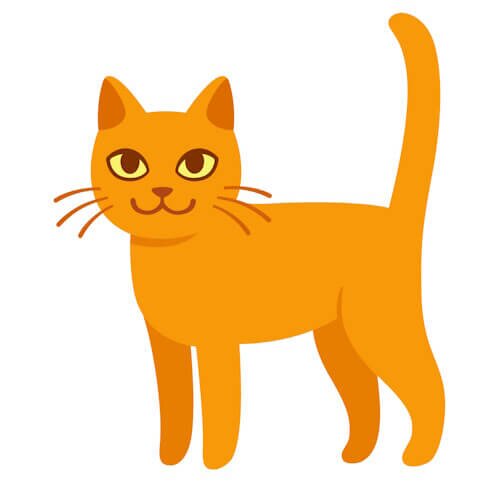
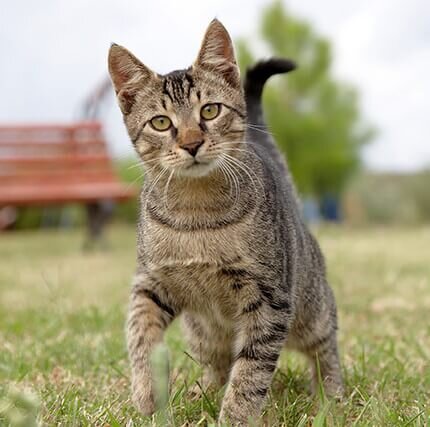
Happy cats have a soft and loose body posture with no tension. They may be laying down, stretched out or have their belly exposed. You may find out the hard way that the exposed belly posture is not necessarily a request for a belly rub, rather it is a gesture to show they feel safe.
The tail can be low and relaxed, pointed straight up with a hook at the tip or even wrapped around your leg to show you affection. The ears are upright or may be pivoting listening to sounds around them. The mouth is closed and the whiskers are in a neutral position. The eyes are round, half closed/closed or you may notice they are blinking slowly.
A slow blink if given in your direction is your cat's way of saying they love you and feel safe with you. Giving a slow blink back will ensure they know you feel the same!
You may also notice bunting (where a cat rubs their face on objects or people) and kneading with their paws. Both these activities are signs of affection and a way of leaving their pheromones to claim an object, or even you as their own.
Happy cats may also purr, meow or talk to you as a way of interacting and communicating with you.
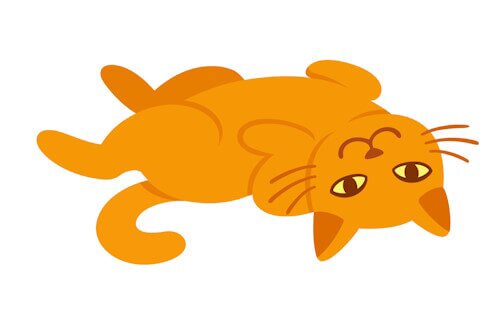
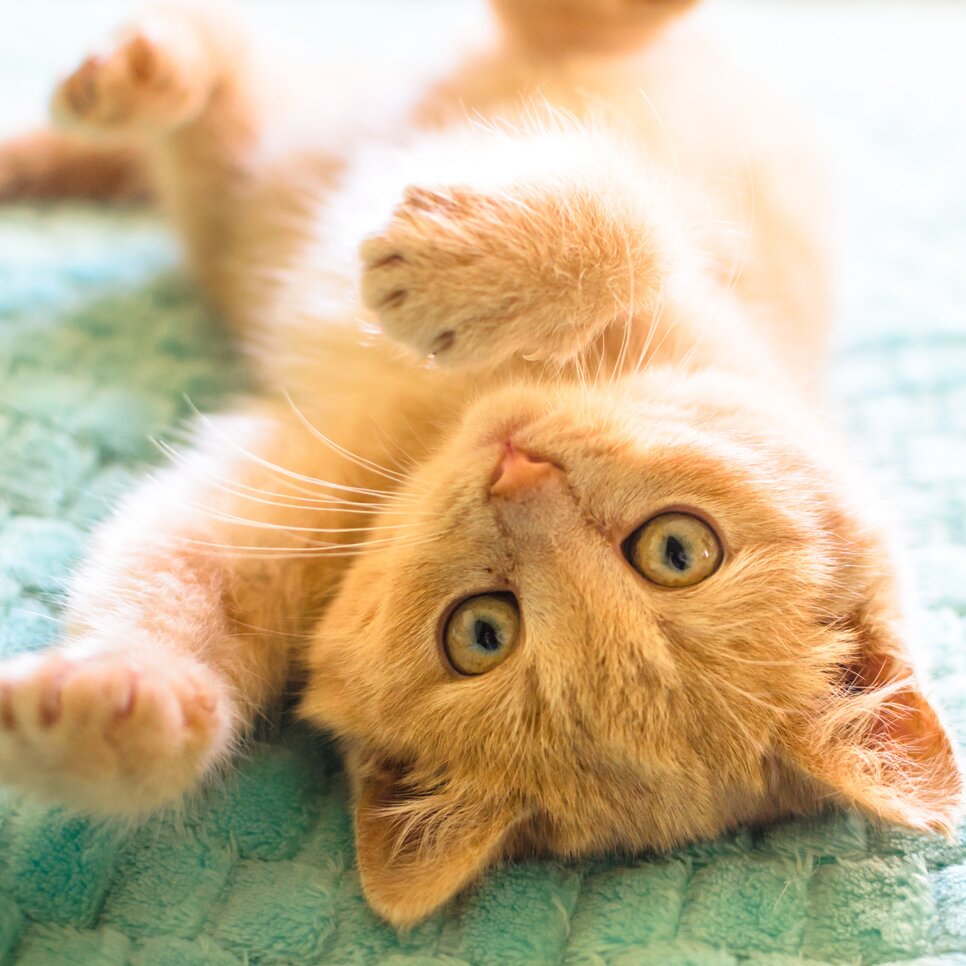
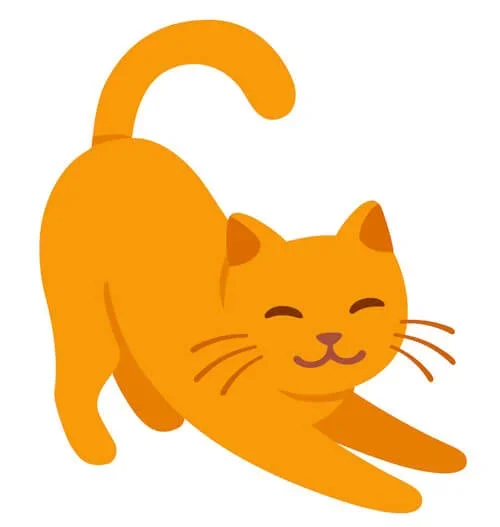
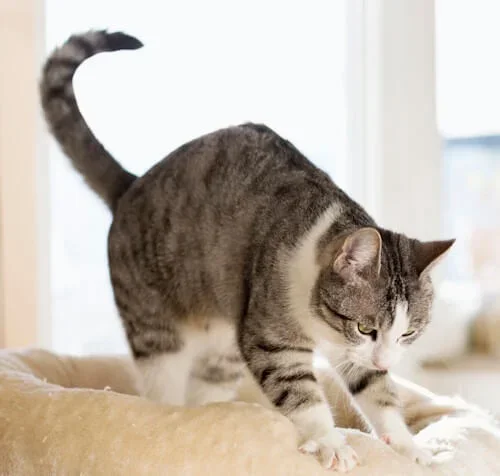
Happy cats generally like to play! It's important to note all cats are individual so some will enjoy playing a lot, while others will be less interested.
Cats are natural hunters so a lot of their play is simulating this normal behaviour. Play may involve stalking, chasing, pouncing, swiping, swatting or biting. Their body position may be low and crouched, their tail may swish from side to side, their pupils may be dilated, especially if actively tracking an object and finally, before the pounce you might see that cute little bum wiggle! Play is a great activity that has both positive mental and physical effects for your cat. You can engage your cat in play with many of our interactive toys.
Anxious or Stressed Cats
Aggressive behaviours such as swiping, hissing and biting are frequently used as a last resort when their other warning signs have gone unnoticed or they have not been able to remove themselves from a stressful situation. So picking up on when your cat is anxious or stressed is one of the more important skills to have as it can help to avoid potentially dangerous situations where your cat may hurt themselves or others.
Anxious or stressed cats usually attempt to make themselves appear smaller by hunching or crouching low to the ground. If possible they will seek somewhere to hide. Their eyes and pupils are wide with minimal blinking. Their tail is usually wrapped close to the body and their whiskers may be pulled back flat against their cheeks. Their ears can be pivoted outwards or pulled back, often referred to as "aeroplane ears". Aeroplane ears generally means your cat is feeling uncertain or uneasy.
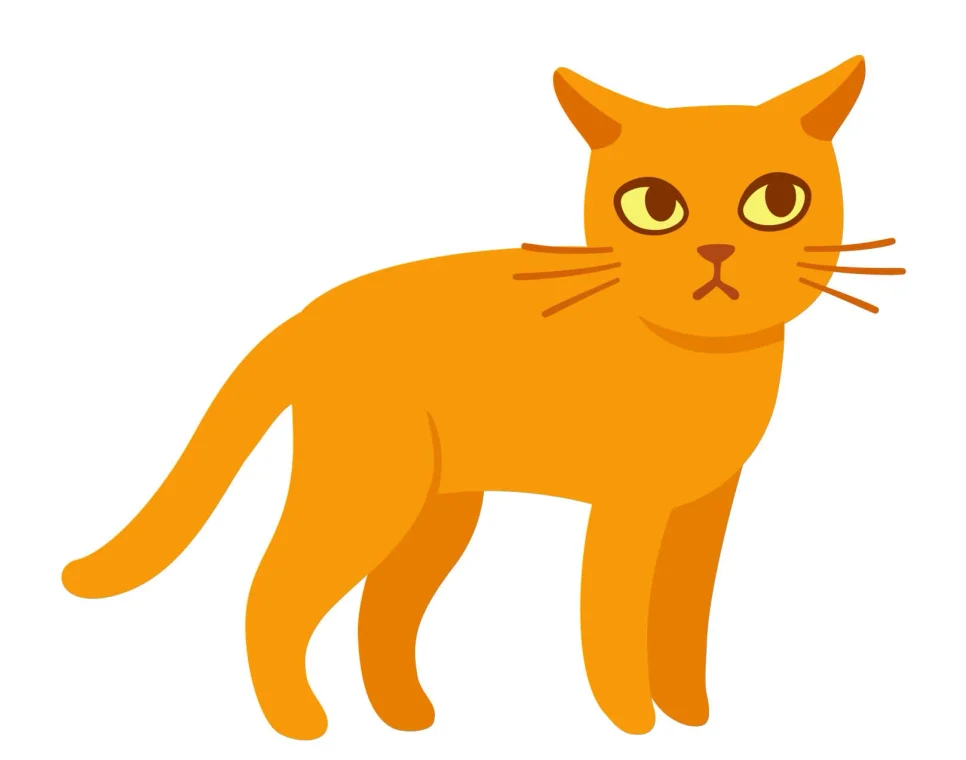
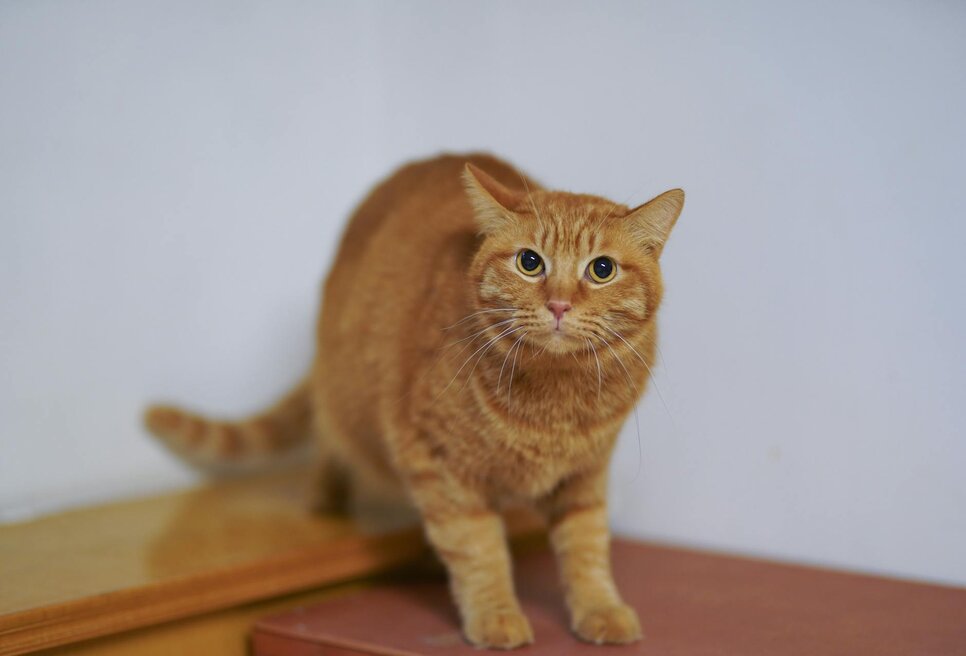
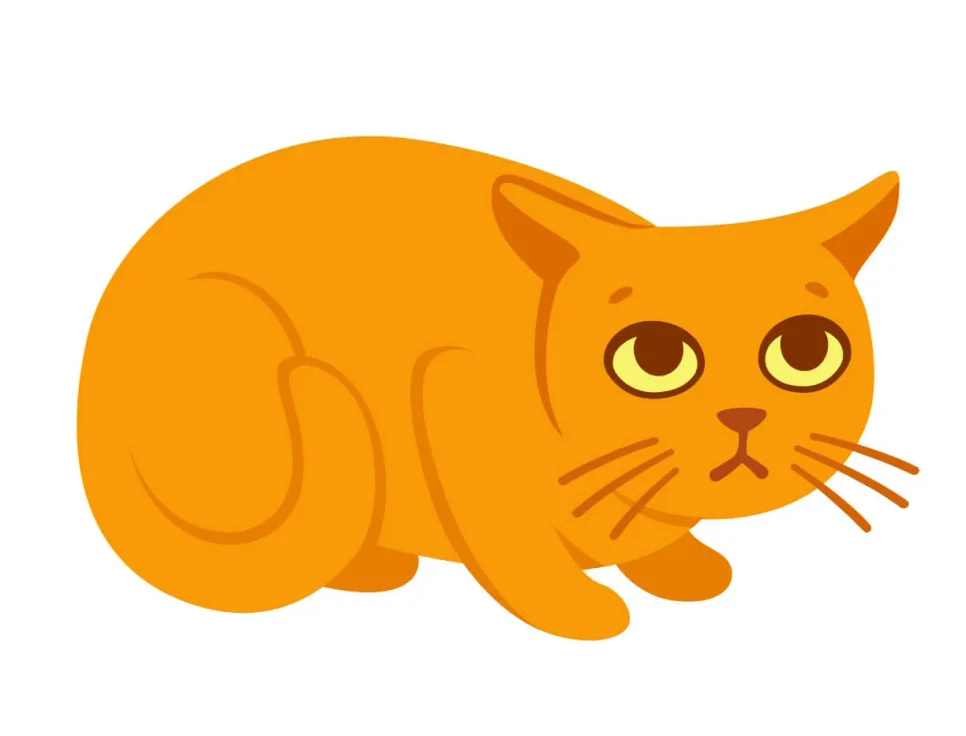
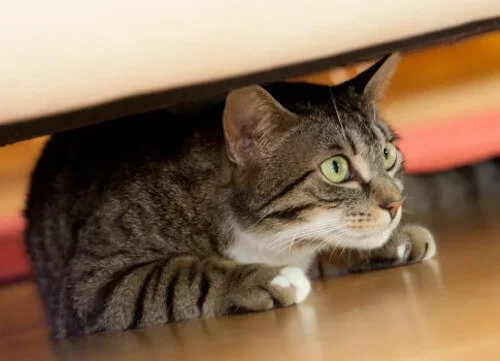
Anxious or fearful cats may hiss or growl as a warning to back off or that they want to be left alone. Hissing or growling can escalate to a yowl or shriek and if the threat is not removed, these can progress to aggressive behaviours as the cat attempts to defend itself.
Stress in cats can lead to other behaviours such as inappropriate toileting (urinating or defecating outside the litter box), painful and difficult urination, over grooming resulting in hair loss and skin sores and they may show displacement behaviours such as yawning or lip licking. Displacement behaviours are normal behaviours but are exhibited out of context and are a way of dissipating stress.
Top Recommended Products For Anxious Cats
Fearful and Defensive Cats
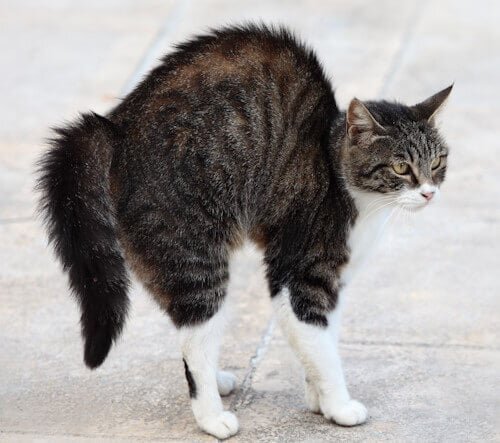
Fearful cats may try to appear larger than they are in an attempt to scare away the perceived threat.
This defensive posture is commonly referred to as the "halloween cat". They stand hunched in the middle to rear of their body and their weight is shifted towards the back or side. They tend to face the threat side on rather than forward. Their ears are out to the sides or flat against the head.
The fur on their back and tail is fluffed up, known as piloerection or having raised hackles. Their mouth may be open in order to expose their teeth or let out a hiss or a yowl. Their pupils may be dilated as their fight or flight response is activated.
A cat showing these signs should not be approached.
Annoyed and Overstimulated Cats
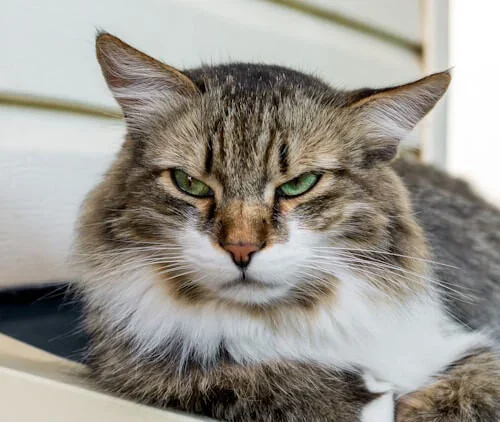
Annoyance or overstimulation can occur from too much petting, being held or disturbed. Just like people, all cats are different and have their own tolerance levels. Some breeds are known for being more patient and pliable, for example Ragdolls and Burmese, while others such as tortoiseshell cats can carry a reputation of having cat-itude and a lower threshold.
Signs of annoyance and overstimulation in our cats are important to recognize as when it goes unnoticed or is ignored, it can lead to outbursts of aggression.
Annoyed cats can show the classic wagging tail or tail twitch where the tail swishes from side to side. Twitching can also be seen in the cat's skin, mainly along the back and rump. Their ears are pulled back and they may turn their head sharply to look at the offending object. They may also give a low growl.
These signs should be taken as a warning to back off and give them some space. Ideally wait a little while before attempting to interact with them again.
Helping your cat to expel any excess energy through the use of a wide range of cat toys may help to redirect any frustrations and lower the chance of them becoming over stimulated.
Aggressive Cats
Aggression in cats may manifest for multiple reasons including from overstimulation, being territorial or when the cat believes it is in danger. Signs of aggression are usually pretty obvious. The cat may vocalise by growling, hissing or spitting.
Their pupils are dilated and may be fixated on the perceived threat. Their ears are typically pulled back flat against their head. The tail can be in various positions including flicking, close to their body or stiff and high up in the air. Their body and movements are tense until there is a sudden burst of energy accompanied by swatting, lunging or biting.
Give these cats PLENTY of space as they are a danger to themselves and others.
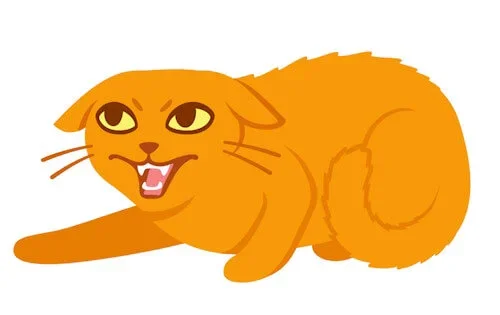
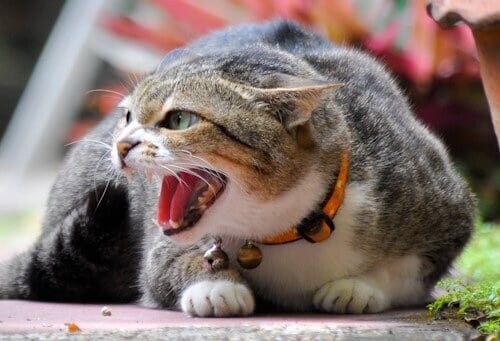
How to Prevent Unwanted Behaviour or Injury
Further Reading
Want to read more? Check out our other articles:
How to tell if your cat loves you

